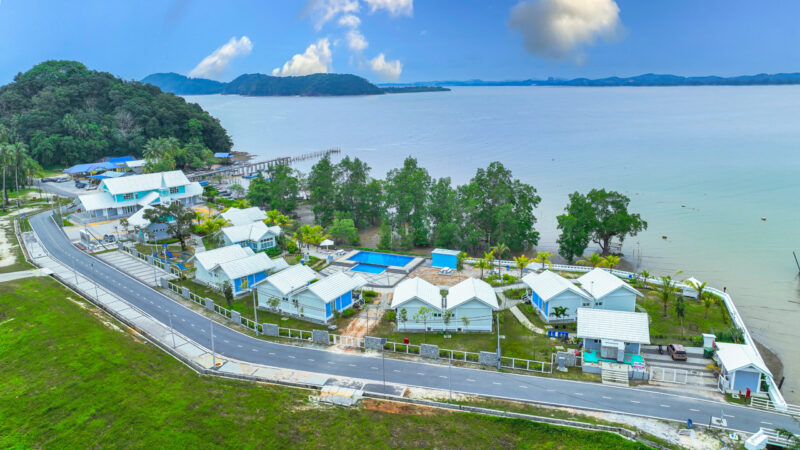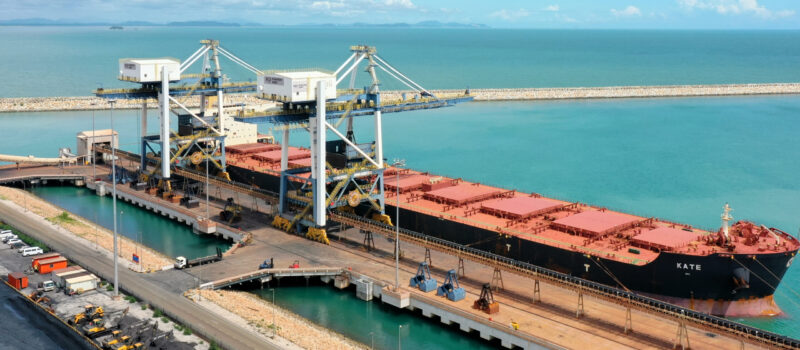
This site
is mobile
responsive

Discover a region with untapped potential and abundant investment opportunities. The East Coast Economic Region (ECER) of Malaysia is that hidden gem waiting to be discovered. Spanning across Kelantan, Terengganu, Pahang, and the districts of Mersing and Segamat in Johor, ECER offers a unique blend of strategic advantages, incentives, and infrastructure that makes it an attractive destination for investors.
ECER’s excellent accessibility dispels any perception of remoteness. Kuantan, the capital of Pahang, is just a two-and-a-half-hour drive from Kuala Lumpur via the East Coast Expressway (LPT). Other cities in the ECER are similarly well-connected by highways and alternative routes, and the Central Spine Road has further enhanced regional connectivity to the main economic centres.
The ECER offers unparalleled access to global markets due its proximity to major shipping routes and logistic hubs. Kuantan Port, now expanded into a deepwater port, is a pivotal hub facing the South China Sea, capable of handling over 52 million tonnes of cargo annually. The East Coast Rail Link (ECRL), a 640-kilometer railway, will further boost connectivity, linking Port Klang on the west coast to Kuantan Port and to Kota Bharu near the Thailand border.
This ECRL corridor provides direct connectivity between the South China Sea and the Strait of Malacca, reducing travel time and costs, and spurring economic activity by offering multiple export routes to APAC via Kuantan Port, and to the Middle East and Europe via Port Klang.
Air travel offers efficient alternatives, with multiple daily flights from Kuala Lumpur to Kuala Terengganu, and Kota Bharu, making ECER easily reachable for business and leisure travellers. The World Bank’s Logistics Performance Index (LPI) 2023 ranks Malaysia 26th globally for trade logistics.
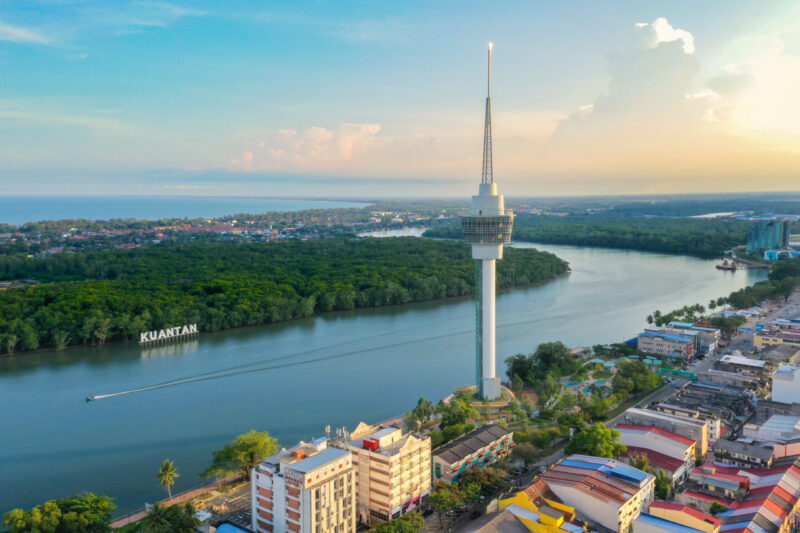
ECER is home to several industrial clusters and special economic zones, including the ECER Special Economic Zone (SEZ), which has transformed the region into a vibrant and competitive economic hub.
The region offers a well-established ecosystem, especially for the manufacturing, oil, gas, and petrochemical sectors. Industrial parks such as the Malaysia-China Kuantan Industrial Park (MCKIP), Pahang Technology Park (PTP), Pekan Automotive Park (PAP), Gambang Halal Park (GHP), Kerteh Biopolymer Park (KBP) and Pasir Mas Halal Park (PMHP) in the ECER are attracting investments from around the world.
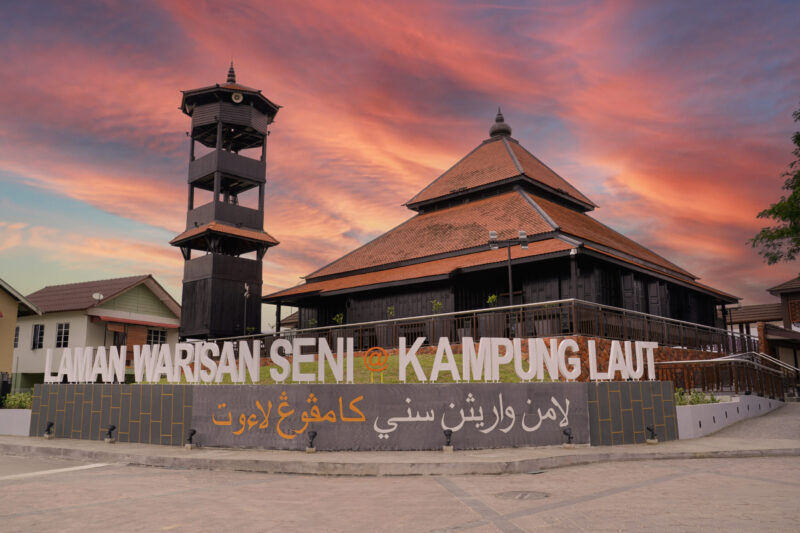
KBP, ECER’s bio economy and specialty chemicals hub in Terengganu, has also attracted significant investments, with both Phase 1 and Phase 2 fully occupied. KBP has vast potential for growth, with generous space allocated for future expansion. Investors in KBP benefit from logistical advantages, with feedstock sourced from some of the world’s leading petrochemical companies operating at the nearby Kertih Integrated Petrochemical Complex.
Additionally, the Pekan Automotive Park (PAP) in Pahang has established itself as a national and regional hub for car assembly, auto parts manufacturing, and automotive research and development (R&D). Prominent automotive brands such as Mercedes-Benz, Volkswagen, Isuzu, and Mitsubishi have leveraged PAP’s strategic location, and its well-developed infrastructure. Through MIDA, the government has introduced enhanced auto-industry incentives, open until December 2025, to encourage local expansion in car development and manufacturing, as well as to improve performance and efficiency in the parts sector.
A skilled workforce is one of the key factors driving economic growth and sustainable development in the country. To strengthen the talent ecosystem, there are 4 public universities and over 130 public Technical and Vocational Education and Training (TVET) institutions in the East Coast Economic Region offering industry-related courses, that are always ready with upskilling and reskilling programmes to develop a skilled workforce and provide learning opportunities that adapting to technological advancements.
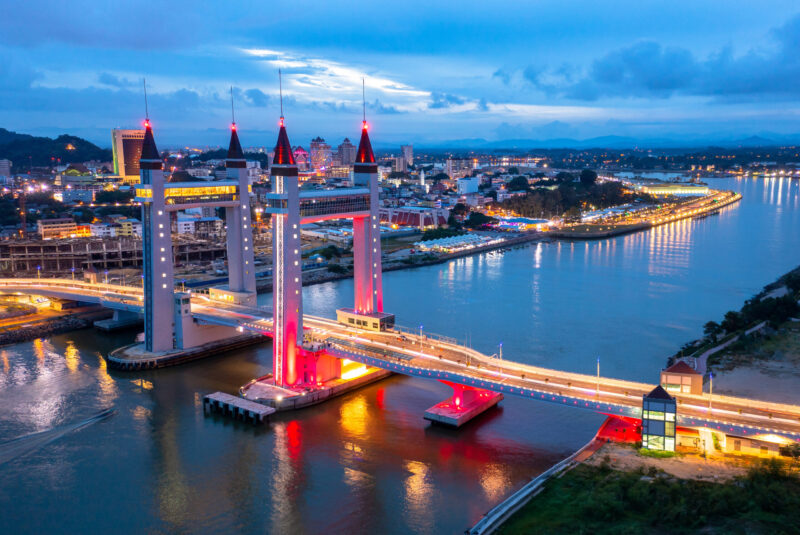
The East Coast Economic Region (ECER) of Malaysia is an attractive investment destination, offering strategic market advantages, excellent accessibility, and robust infrastructure. We invite you to explore the opportunities that ECER presents and to be part of its dynamic growth story.
For more information on investment opportunities, visit our website https://www.ecerdc.com.my/ or contact us at +603 8885 0038 or via email at [email protected].
